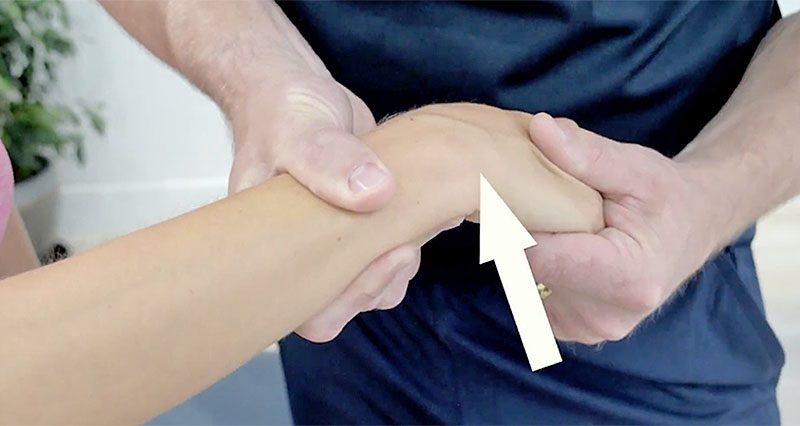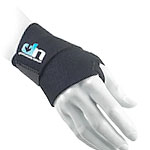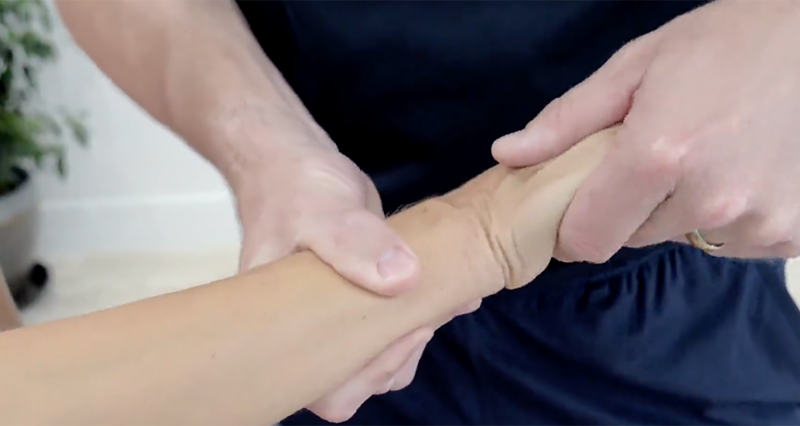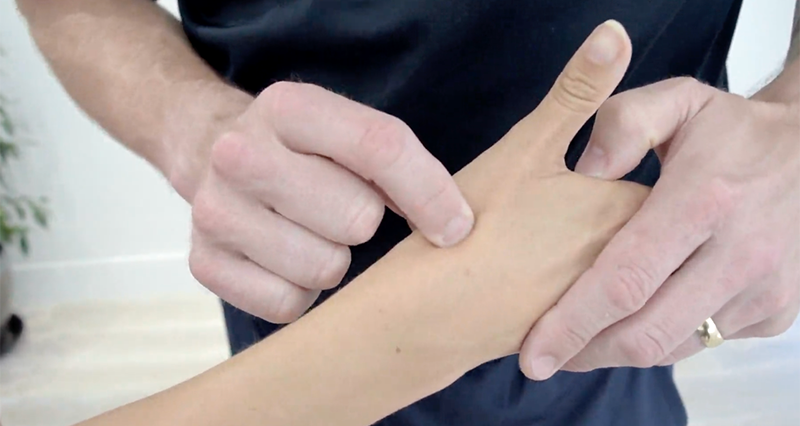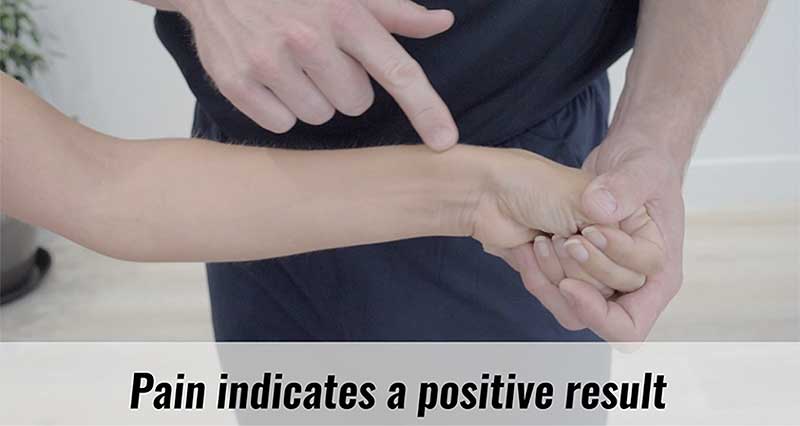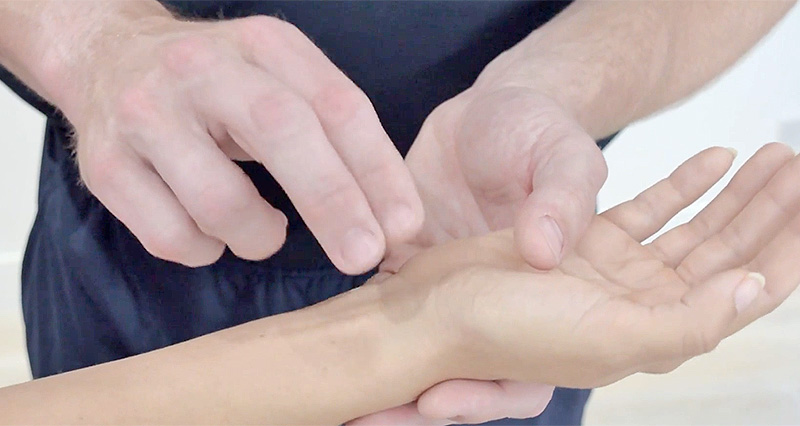Testing for a Triangular Fibrocartilage Complex (TFCC) tear involves a combination of clinical evaluation, physical examinations, and diagnostic imaging. The compression test or ulna meniscal grind test is a common TFCC tear test.
What is the Triangular Fibrocartilage Complex or TFCC?
The TFCC is a crucial structure in the wrist that stabilizes the joint. A tear in this structure causes pain, instability, and limits wrist function. Here are the steps your doctor or therapist will do to test for a TFCC tear:
Clinical Evaluation
This involves taking a medical history and asking about your symptoms and how you injured your wrist.
Medical History includes any previous injuries or conditions related to your wrist.
Symptoms are likely to include pain, weakness, or a clicking sensation in the wrist. Mention any activities that exacerbate or relieve your symptoms.
Mechanism of Injury is any recent trauma or activities that may have caused the injury, because this helps test for a TFCC tear.
Physical Examination
The physical evaluation involves assessing your range of motion and feeling the area.
Wrist Range of Motion: Your doctor or physio will assess your wrist’s range of motion to identify any limitations or abnormalities.
Palpation is about feeling, gently pressing and manipulating your wrist in order to locate areas of tenderness or pain.
Specific TFCC tear test checks for wrist stability. This is because any instability may indicate a TFCC tear.
Provocative Tests
These tests aim to reproduce your symptoms.
Load and Shear Test applies pressure to the ulna while your wrist is in a pronated (palm down) position. As a result, if you have a TFCC tear it reproduces symptoms by assessing the TFCC integrity.
Piano Key Sign: The provider may perform this test by pressing down on the head of the ulna to see if it “pops” back up, indicating TFCC instability.
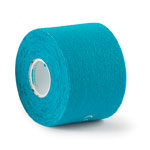
Buy Kinesiology Tape
Diagnostic Imaging
X-rays are often taken to rule out bone fractures and assess the alignment of wrist bones.
An MRI (Magnetic Resonance Imaging) is the most common imaging test used to diagnose TFCC tears. This is because it provides detailed images of soft tissues, including the TFCC, therefore revealing the location and extent of the tear.
Arthroscopy
If the diagnosis is still uncertain or if surgery is being considered, an arthroscopic examination may be performed. During arthroscopy, a tiny camera is inserted into the wrist joint through small incisions to directly visualize and assess the TFCC.
